This creamy, vibrant Beetroot Hummus combines tender beets, protein-dense chickpeas, and creamy tahini for a colorful twist on the classic. Perfect for spreading on sandwiches or serving with crunchy veggies, it's a must-try for anyone seeking a healthy pink dip!
If you like easy hummus recipes, check out my hummus without garlic or delicious fava bean hummus.

Jump to:
✔️ Why This Recipe is Great
Low Histamine Dip: with an optional seed butter at the base, this is a great vegan-friendly option for topping other root veggies, salads, or even your favorite type of meat. Much like the other low histamine sauces on the site, this fresh beet hummus is versatile enough to be used as a dip, sauce, or smear for your favorite low histamine bread.
Warm Weather Produce: whether it's spring, summer, or fall, it's beet season, baby! While you need to use red beets if you want to make homemade pink hummus, you could also use golden beets for a more mild version.
Use Up Extra Beets: this is a great way to use up any excess beets from a recent haul or CSA, or even a bunch you found in the back of the fridge that's about to start going bad.
🌿 Ingredients
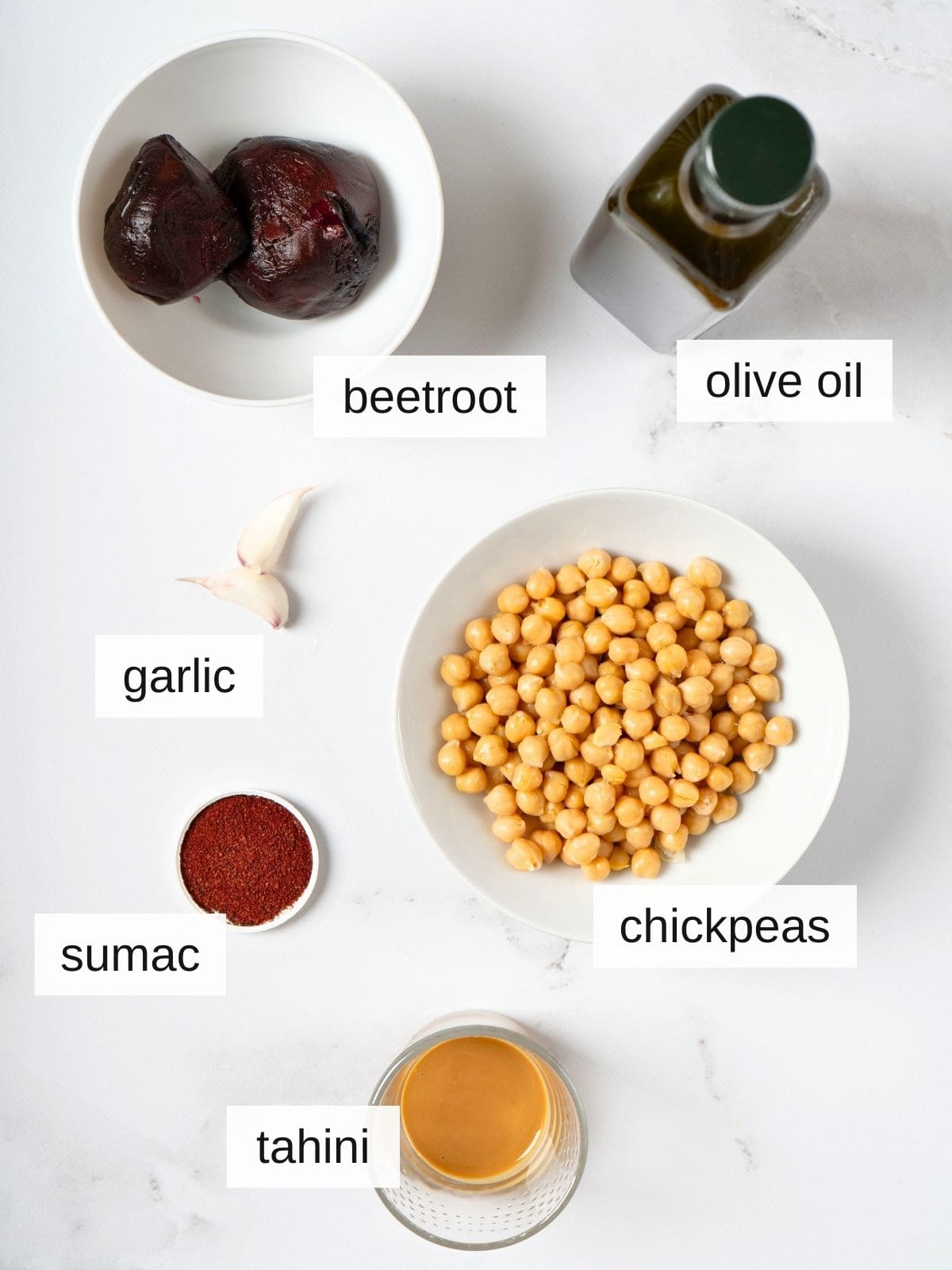
Red Beets: you can use golden beets or any other types of beets in equal weights, but just be aware that it may change the flavor a bit. For low histamine, do NOT use canned beets, but you can use frozen beets (just don't freeze the hummus if you're sensitive to chunkier or more watery textures).
Chickpeas (Garbanzo Beans): while you can use canned chickpeas if tolerated, I like to use the dry ones and just soak them overnight, and then cook them for an hour or so (I freeze the leftovers for quick use later on, or even for making classic hummus).
Tahini: another word for hulled, toasted, and ground sesame seeds, tahini has long been used in Mediterranean cuisine to make sauces and even low histamine desserts.
Garlic: this can be left out if desired, but adds nice umami to the dish.
Olive Oil: I used a fresh extra-virgin olive oil here, though you could alternately use the same amount of any oil you like (though something like flax oil might be too strong).
Sumac: this red-hued low histamine spice is actually a ground-up dried berry with strongly antihistamine and acidic properties. It adds tang and a bit of sourness to the hummus without the need for lemon juice, which some people are sensitive to.
See recipe card for exact ingredients and quantities.
📝 Substitutions
Chickpeas - if you can't find dried, frozen, or otherwise tolerated chickpeas, you can substitute borlotti beans, great white beans (cannelini beans), or any other mild bean in equal amounts.
Oil - I use a fresh extra-virgin olive oil here, though you could alternately use the same amount of any low histamine oil you like or tolerate (though something like flax oil might be too strong).
Sumac - alternatives include a few tablespoons of lime juice or lemon juice, though you could also substitute amchur in equal amounts, as tolerated.
Check out my more classic garlic-free hummus recipe for a twist on this bright pink dip!
🍲 How to Make Beetroot Hummus (Step-by-Step)
Step 1) If you're using fresh beetroots, wrap them in foil and roast in a preheated oven at 400°F (200°C) for about 45-60 minutes or until they can be easily pierced with a fork. Allow them to cool before peeling. If you're using pre-cooked beetroots, simply ensure they're peeled and ready to go.
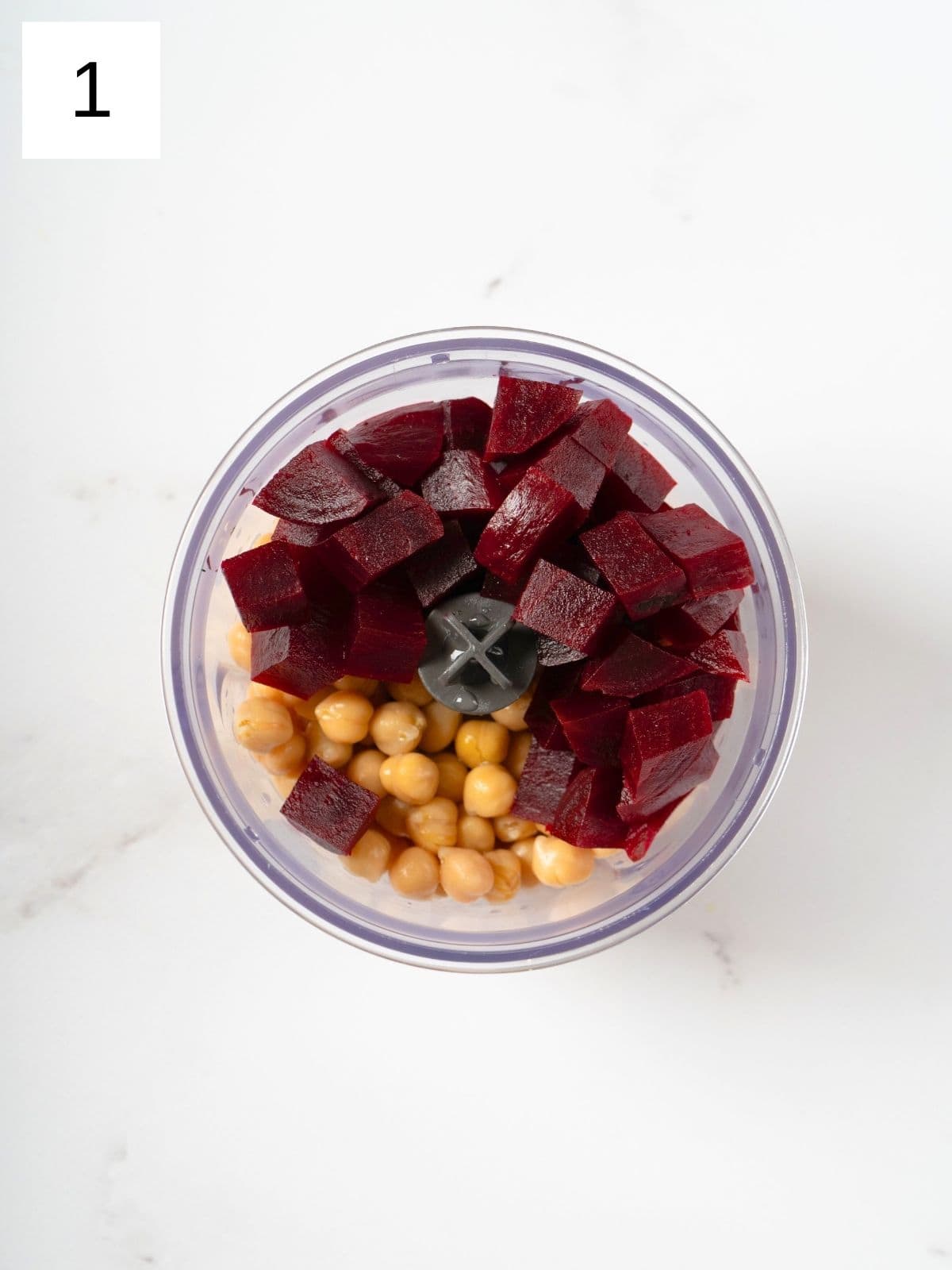
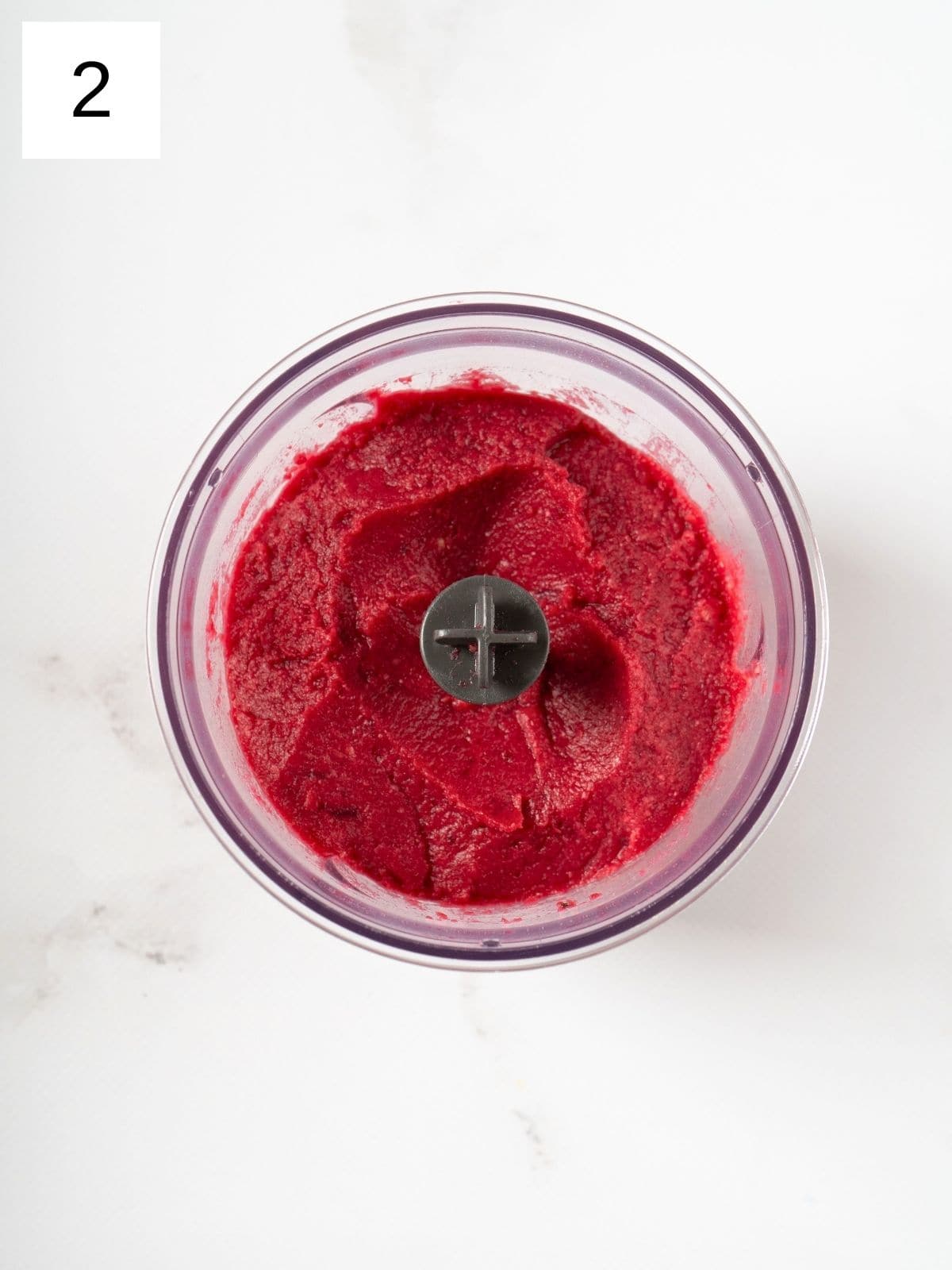
Step 2) In a food processor, combine the cooked beets and chickpeas (image 1). Pulse and process until the mixture starts to become smooth, about 2 minutes (image 2).
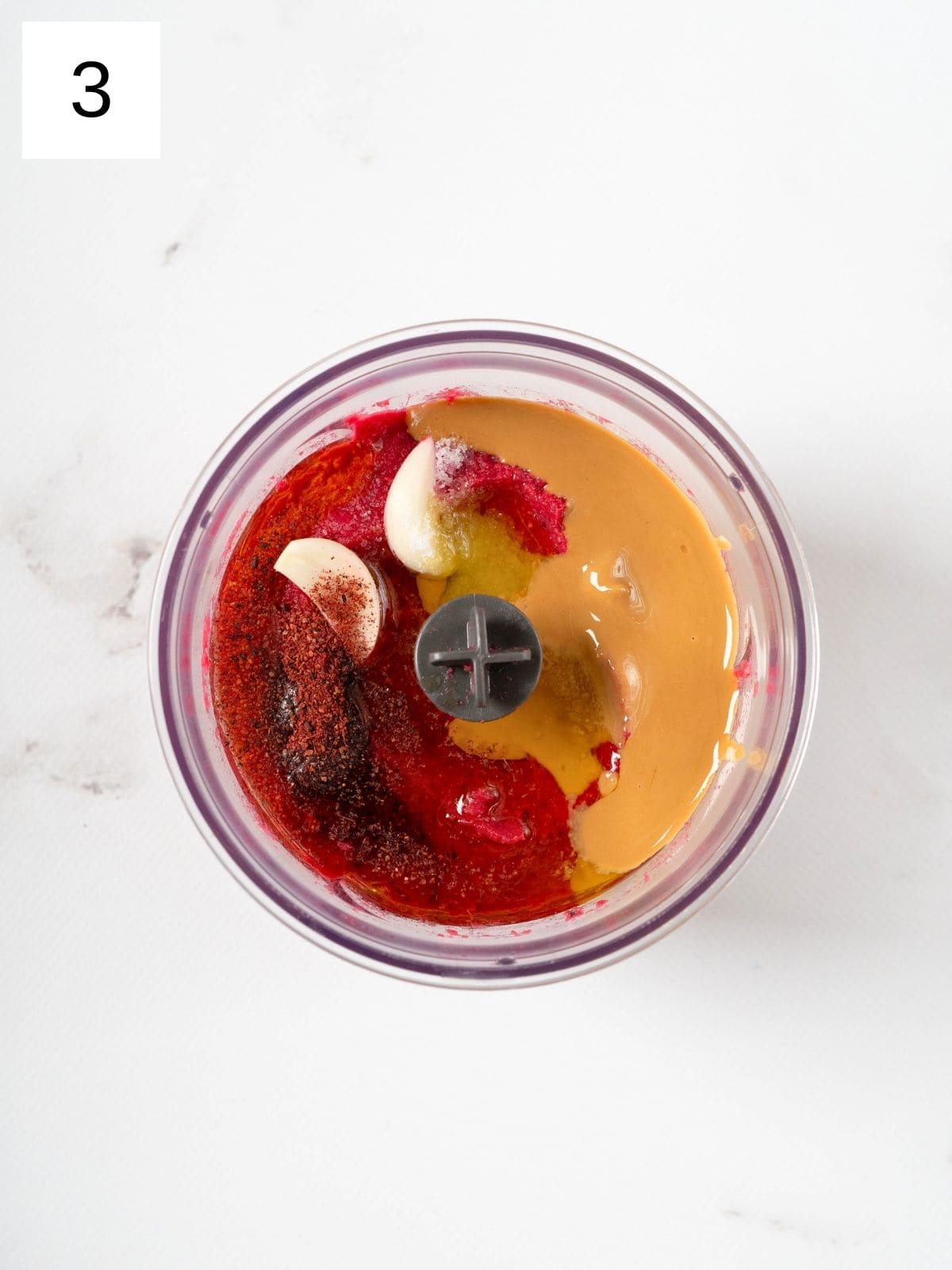
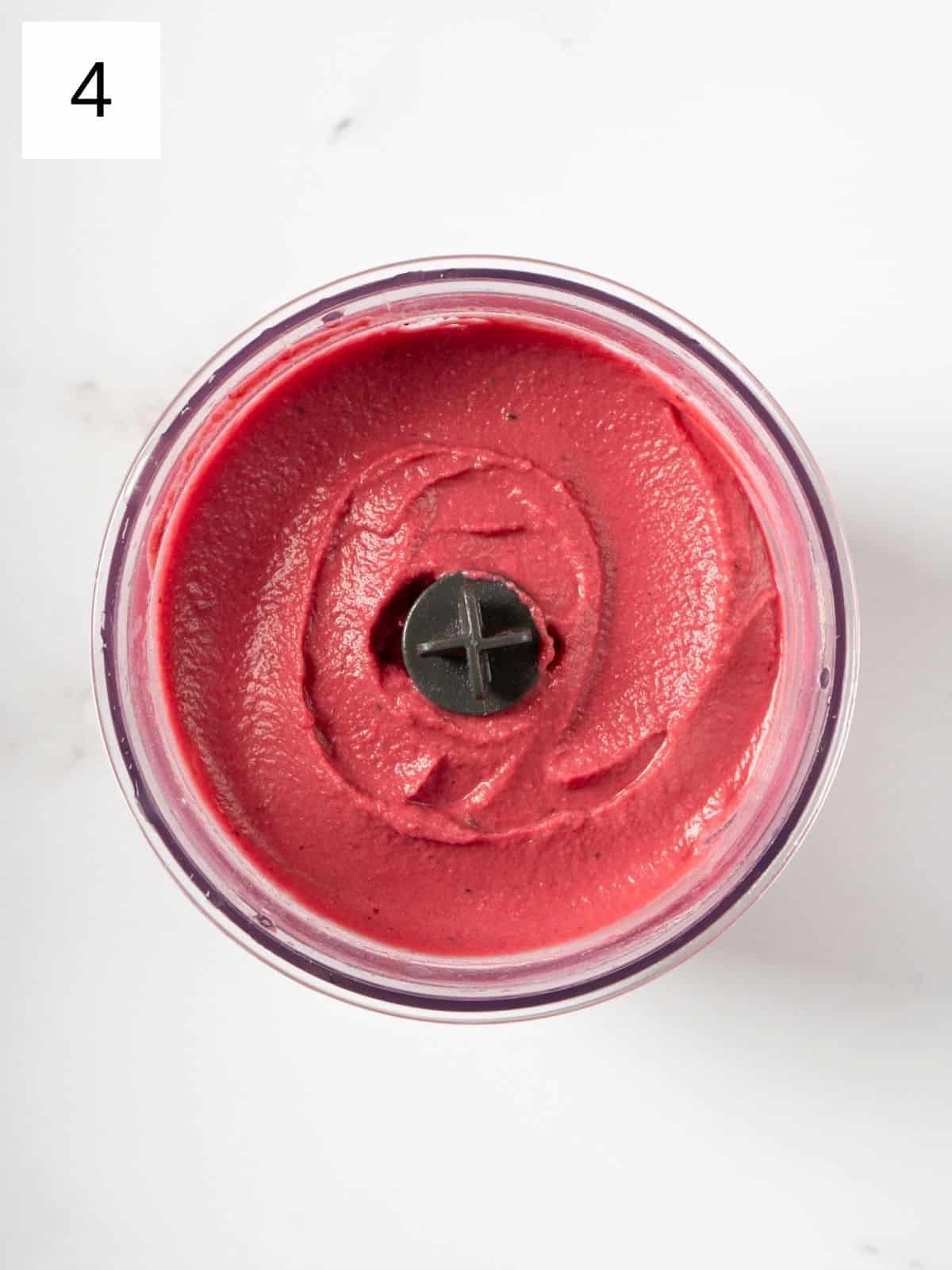
Step 3) Add the tahini, garlic, olive oil, ground sumac, and salt to the food processor (image 3). Blend until the mixture is completely smooth. If the hummus is too thick, you can add a little bit of water or more olive oil to reach your desired consistency (image 4).
Pro-Tip
Taste and adjust the seasoning if necessary. Sometimes a pinch more salt or a bit more sumac can really make the flavors pop - serve immediately for the best flavor.
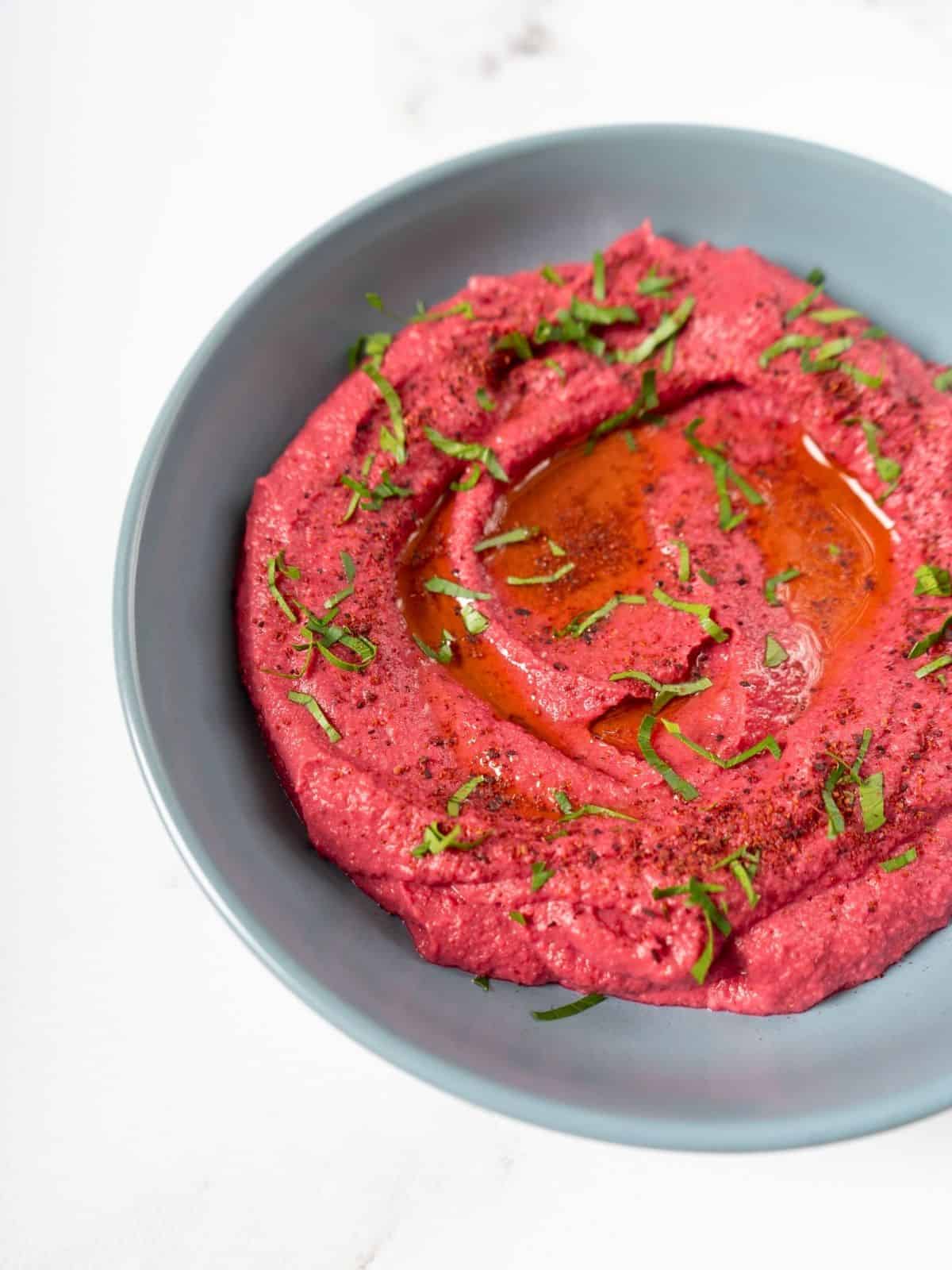
🥘 Storage and Freezing
If you're not on a low histamine diet, this beet root hummus keeps well in the fridge for up to a week when stored in an air-tight container, so it's perfect for meal prep.
But if you want to freeze it, it can stay good in the freezer for up to 3 months, though the texture will get a bit denser the longer it's in there. Also note that it will get a bit grittier and watery, but this can be combatted by throwing it back in the blender or food processor and pulsing it until once again smooth.
👨🏻🍳 Expert Notes & Tips
Doing The Most: Roasting the garlic along with the beetroots can mellow its sharpness and add a deeper flavor to your hummus; if using roasted garlic, I recommend doubling the amount.
Order of Additions: For an ultra-smooth hummus, whip the tahini and olive oil, then add the beets and chickpeas. You can also peel the skins off the chickpeas before blending; it’s a bit time-consuming but can make a difference in texture.
Adding Flavor: Want to spice things up? Add a dash of cumin, fresh herbs, or even blend in some sweet paprika for a twist. To add some freshness you can also chop herbs like mint, cilantro and parsley and just add them on top of the hummus.
Serving Suggestions: When actually eating the hummus, spread it on a sandwich or wrap, or try it with warm pita bread, crackers, or veggie sticks for a quick snack or appetizer.
❓ Other Low Histamine Sauces
🙋 Frequently Asked Questions
Beet hummus differs from classic hummus in both color and flavor. It has a vibrant pinkish, reddish hue due to the beetroots, which also impart a slightly sweet and earthy flavor to the hummus. Traditional hummus, in contrast, is more beige and has a nuttier taste.
Beetroot hummus is packed with nutrients - beetroots are rich in vitamins (such as vitamin C and folate), minerals (like potassium and manganese), and fiber. Chickpeas provide protein and more fiber, while tahini adds healthy fats and additional minerals.
Yes, beetroot hummus can be made without tahini. You can substitute tahini with almond butter, or just omit it altogether.
Besides being used as a dip or spread, beetroot hummus can be used creatively. Try using it as a colorful base for pizza or flatbreads, mixing it into pasta sauces for a vibrant hue and flavor, or swirling it into soups for added richness and nutrients.
📖 Recipe
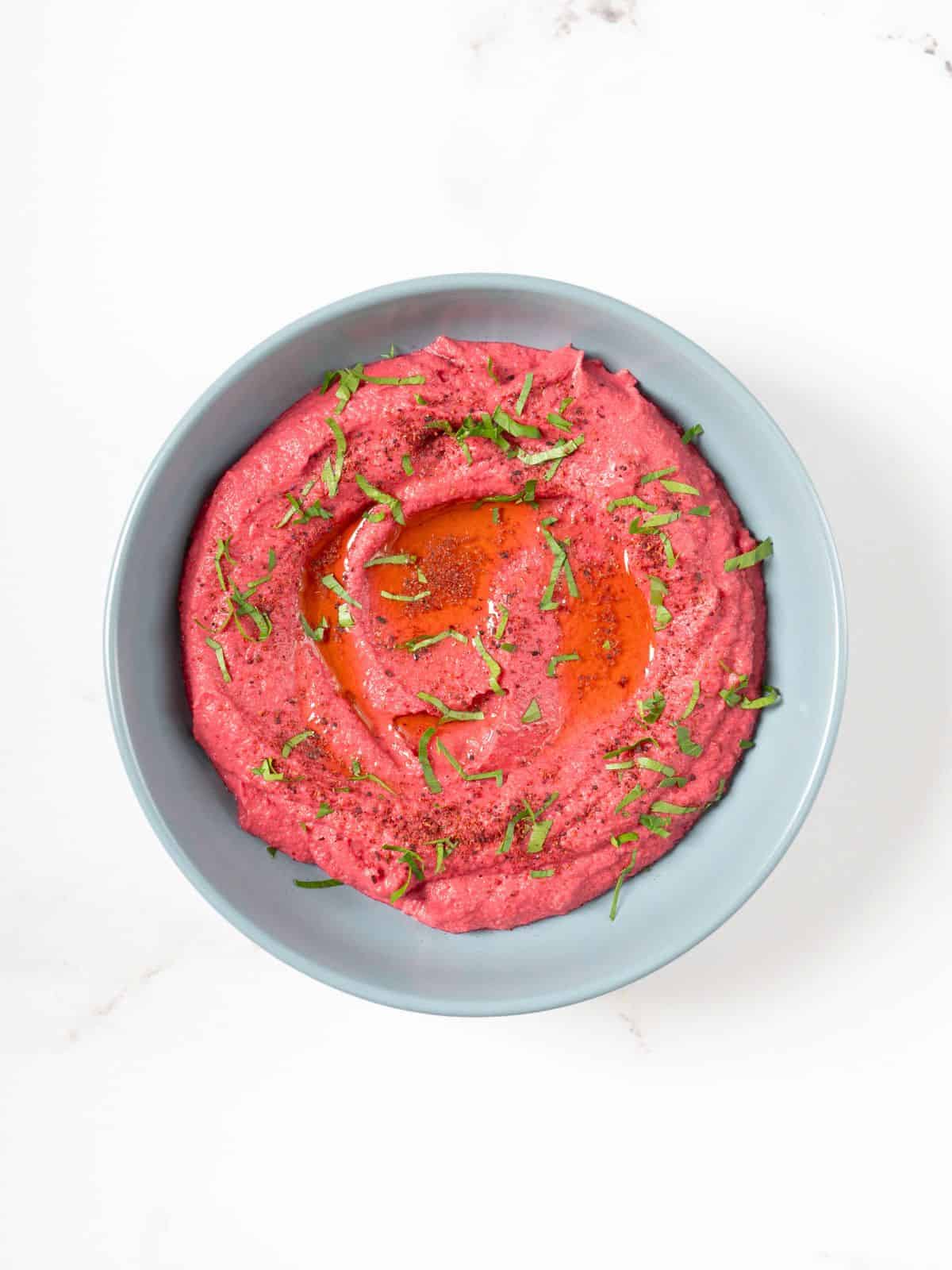
Beetroot Hummus (Healthy Pink Hummus)
Equipment
- Food Processor
Ingredients
- 1 1 medium beetroot about 130g after peeling, cooked & peeled
- 8 oz cooked chickpeas 225g, drained and rinsed
- 2 tablespoon tahini
- 1 clove garlic 4g garlic, optional
- 1 ½ tablespoon olive oil plus extra for drizzling
- ½ tablespoon sumac
- ¼ tablespoon salt to taste
- 3 tablespoon lime juice optional, for acidity
- optional garnishes chopped parsley, sesame seeds, or a sprinkle of cumin
Instructions
- If you're using fresh beetroots, wrap them in foil and roast in a preheated oven at 400°F (200°C) for about 45-60 minutes or until they can be easily pierced with a fork. Allow them to cool before peeling, though if you're using pre-cooked beetroots, simply ensure they're peeled and ready to go.
- In a food processor, combine the cooked beets and chickpeas. Pulse and process until the mixture starts to become smooth, about 2 minutes.
- Add the tahini, garlic, olive oil, ground sumac, and salt to the food processor. Blend until the mixture is completely smooth. If the hummus is too thick, you can add a little bit of water or more olive oil to reach your desired consistency. Taste and adjust the seasoning if necessary - sometimes a pinch more salt or a bit more sumac can really make the flavors pop. Serve immediately or refrigerate for up to one week.













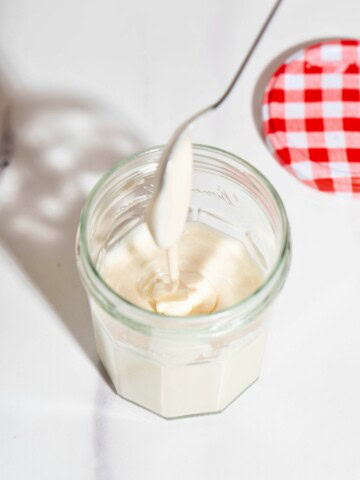

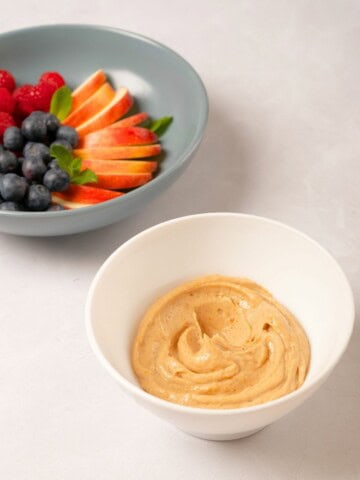
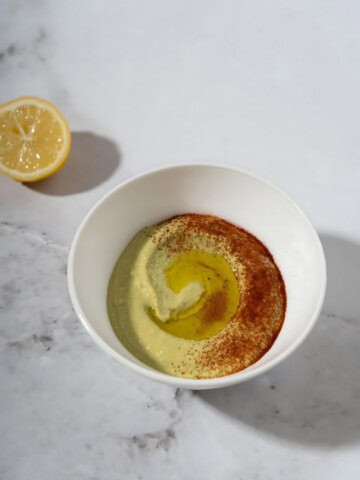

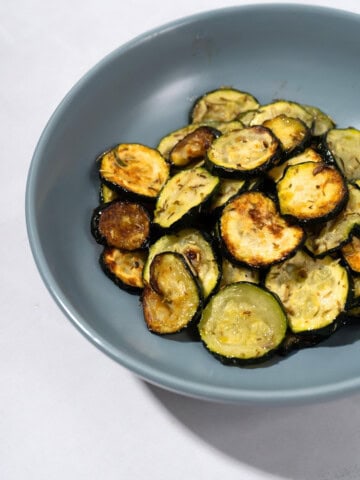
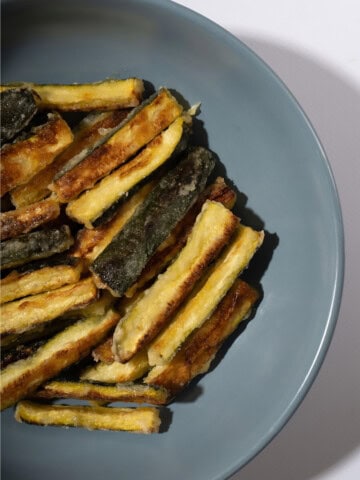
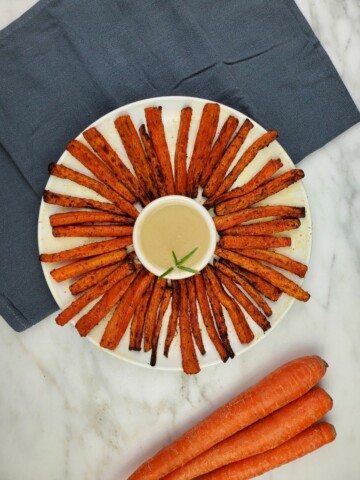
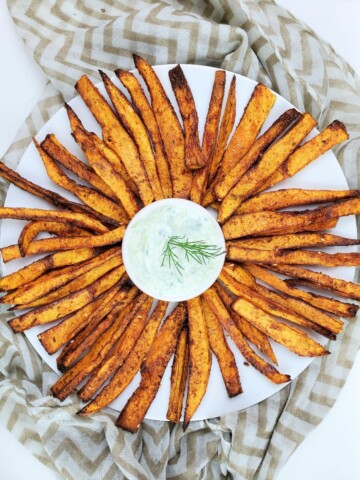
Comments
No Comments